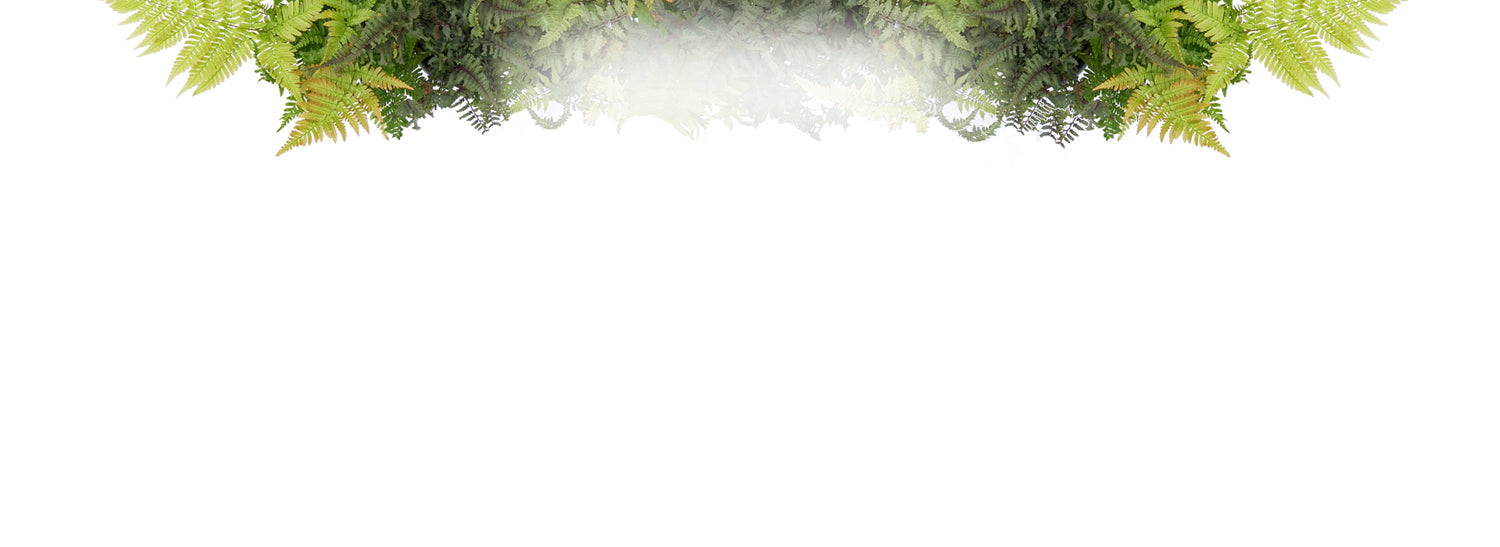Description
Plant spacing is based on the ultimate width of the plants. This figure is normally given as a range; for example, 3-5’. If you live in a cold climate and/or want plants to fill in more quickly, plan to space at the shorter end of the range. If you live in a warm climate, are on a limited budget, or are willing to wait longer for plants to touch, use the higher end of the range. Using the larger number is recommended when calculating distance from a building or structure. There’s really no such thing as "maximum spacing": if you don’t want your plants to touch, you can space them as far apart as you’d like. All plant spacing is calculated on center, or in other words, the centers of the plants are spaced one half of their eventual width apart:

Unless you are planting in a straight line, as you might for hedges or edging, space your plants in a staggered or zig-zag pattern for a more interesting and naturalistic look:

Hand-picked at our greenhouse
Shipped to your door
Arrives as young plant
I was very happy indeed with my little he s & chicks. They arrived safely and are flourishing. Thanks so much!
Not very rooted or established. Not sure how to grow them but I'm not good at it I guess mine didn't survive
Hello Amy! We're sorry to hear you didn't have success with your hens & chicks. We offer a 30 day guarantee, if you ever receive a plant you're not happy with or if one dies within its first 30 days in your garden, let us know right away. You can contact our claims team by emailing pictures and your order # to claims@greatgardenplants.com. We appreciate your feedback, happy gardening!
Seem to have taken hold and are growing well with very little care.
I am just really getting into succulents and this one is very nice. Like the size. Hope it does well.
We will notify you on events like Low stock, Restock, Price drop or general reminders so that you don’t miss the deal



